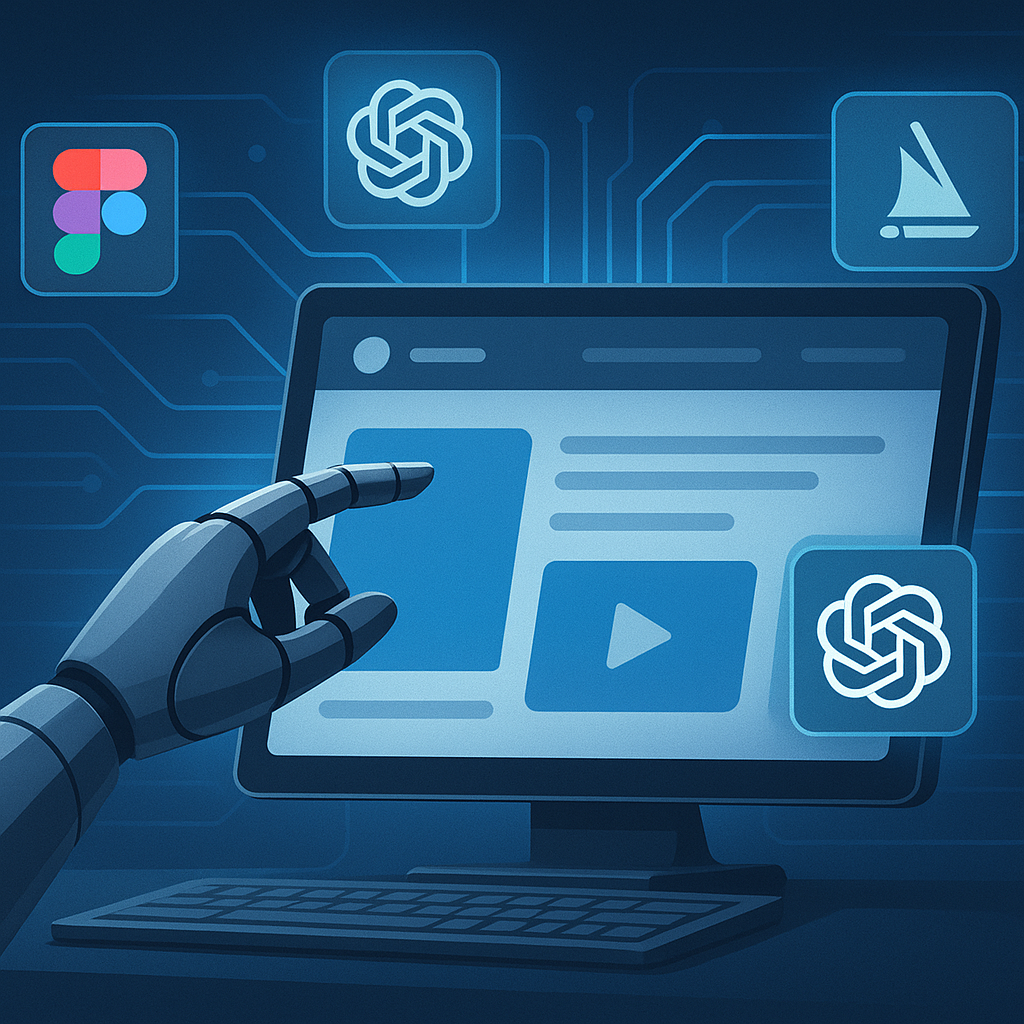10 Essential AI Tools for Web Designers in 2025
[This blog post would contain a comprehensive look at the 10 most powerful AI tools transforming web design workflows in 2025, including detailed descriptions, use cases, pricing information, and comparative analysis.]

